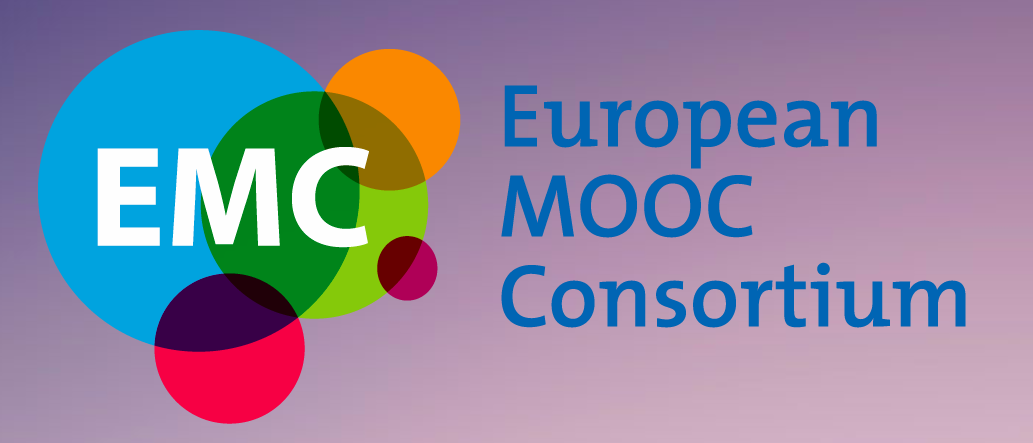As was mentioned at the end of March (see earlier blog post) in addition to carrying out an OpenStax College (OSC) educator survey (for updated results see here) we also asked students about their use of OER and OSC textbooks. The bulk of respondents to this survey were drawn from the November OpenStax incentivised newsletter. We did, however, ask interested educators who had participated in the adopter survey if they would like to administer the student survey and three colleges participated in this activity. Some provisional findings were reported back at CNX14 early in April; one college survey closed shortly after this point; responses received have been incorporated into the analysis that follows. Thanks to all of those who participated or administered the survey; we really appreciate it!
It is worth noting that more work needs to be done on this provisional survey data. As the newsletter version of the survey was open to everyone, we had a mix of both informal learners and those using OSC textbooks in a formal (e.g. institutional) context. My intention is to spend more time breaking down these responses both to look for (any) difference between students studying in different contexts and also to make better sense of findings reported below (e.g. the question relating to financial aid or perceptions of institutional cost savings may not be applicable to those studying in informal contexts).
Similar to the educator questionnaire we asked respondents questions based around our hypotheses relating to student performance and satisfaction, the open aspect of OER and what kind of impact (if any) that has on use and adoption of materials (as you may be aware both of these hypotheses are core to all our work). We then also asked student respondents about perceived financial benefits (or otherwise) of using OER. In addition (and reflective of the original hypotheses aligned to our work with CNX) we asked students about what factors respondents looked for when selecting OER and whether/how Open Education acts as a bridge to formal education.
The following preliminary results are an overview of key findings.
Sample
We filtered the questionnaire results so that only respondents who have used, or currently use, OSC textbooks are included in following analysis. As noted above, this analysis includes a mix of informal and formal learners. 10 respondents out of the 20 which responded to one of the three individual institution student surveys told us that they have used or currently use OSC textbooks (the main reason for students’ responses being excluded in this instance were that they had not completed the question confirming that they had used/currently use OSC textbooks. Only one student answered “no” to this question, despite being in a class where OSC textbooks were being used).
39 out of the 50 respondents to the newsletter survey told us that they have or currently use OSC materials. This gave us a sample size of 49 respondents. The breakdown of our sample group is as follows:
60.9% of our questionnaire respondents were aged between 15-18 years (n=28). Just under 20% of respondents were between 19-24 years (19.6%, n=9) with just over 10% of respondents reporting that they were aged between 55-64 (10.9%, n=5). 55.1% of respondents identified as male (n=27) and 44.9% female (n=22). The majority of survey respondents came from the USA (87.5%, n=42) with the remaining respondents residing in Germany, Canada, Hong Kong, India and the United Kingdom. Just over two thirds of respondents told us that English was their first spoken language (67.3%, n=33). 95.9% of respondents considered themselves not to have a disability (n=47).
As might be expected given the range of students respondents (e.g. studying in a variety of formal contexts and informally) highest educational qualifications varied. 30.0% of respondents reported that they had no formal qualification (n=12) which reflects that we had High School and 15-18 year old respondents (indeed some respondents told us that they were still attending High School in open text box for this question as their only response to this question, with two persons doing so in addition to checking “No formal qualification”). Similarly 25.0% of respondents reported that a High School Diploma was their highest qualification (n=10). 5.0% of respondents who have used/are using OSC textbooks have a PhD or Professional Doctorate (n=2) and 17.5% of respondents reported having a Masters Degree (n=7).
Use of Computers and the Internet
75.5% of respondents have accessed the Internet using a Smartphone during the past three months (n=37), almost 70% of respondents at home using a Broadband connection (69.4%, n=34) and 63.3% of respondents via an iPad or tablet computer (n=31). 20.4% of respondents accessed the internet via a games console during this period (n=10). Reflective of the range of students we had responding to the questionnaire, almost a quarter reported accessing the internet over the past quarter of a year at work (n=12).
Whilst 40.8% of respondents had downloaded a podcast during the past year (n=20), nobody reported recording and uploading a podcast during this period. However, over half of respondents told us that they had filmed and uploaded video content during the past year (53.1%, n=26). It would be interesting to find out more about what contexts this filming and uploading of video content took place in. Are respondents using their smartphones and uploading to social media sites, for example?
Over 80% of respondents reported contributing to social network such as Facebook, Google + etc. (81.6%, n=40) whilst almost three quarters of respondents had shared an image online (e.g. via Flickr, Pinterest, Instagram) (73.5%, n=36). Just over a quarter of respondents told us they had published a blog post in the last year (26.5%, n=13) and just over 20% reported contributing to a Wiki during this period (22.4%, n=11). Nearly 45% of respondents told us they had contributed to an Internet forum (n=22). Over a quarter of our survey respondents had downloaded a file using a torrent client (26.5%, n=13).
OER Attitudes and Behaviours
When asking respondents about the types of OER they used, unsurprisingly open textbooks came out top with 98.0% of respondents telling us that they had used this type of OER (n=48). It remains unclear whether the person who did not respond positively to this question either skipped the answer, or did not recognise OSC textbooks as an OER. Similarly, later on in the survey, when asked about OER, 95.7% of respondents told us they had used OER (n=45) whilst 4.3% told us they had not used or created OER (n=2). Second top response was videos (87.8%, n=43) followed by three quarters of respondents answering lectures (75.5%, n=37). In joint fourth place, just over 60% of respondents told us they had used Images and/or Quizzes in the past year (both 61.2%, n=30). Just over half of respondents reported using E-books (51.0%, n=25).
Just under 30% of respondents told us they had adapted OER for their own needs (29.8%, n=14). One key point of interest here and in all other surveys, and one which needs further research, is to probe what respondents define as “adaptation” here. Is it remixing? Is it using selected parts of an OER? Or something else? Reflective of our survey respondent group is that just over 10% of students told us that they had created OER for study or teaching (10.6%, n=5) whilst 4.3% of respondents reported creating resources and publishing them on an open license (n=2).
When asked for what purposes respondents had used OER, again there was a range of responses which reflect the wide range of respondents to this survey. 63.8% of respondents told us they used OER for personal development (n=30), 10.6% for training others at work (n=5) and 21.3% for teaching in an educational institution (n=10). Just under 20% of respondents told us they use OER in study connected with employment (19.1%, n=9). Almost 40% of respondents told us they have used OER to supplement their Higher Education study (38.3%, n=18), almost a third to supplement college study (31.9%, n=15) and just over a quarter to supplement other types of formal study (25.5%, n=12). 40.4% reported using OER to improve their study skills (n=19).
The top three challenges faced most often by respondents when using OER:
- Knowing where to find resources (61.4%, n=27)
- Finding suitable resources in my subject area (36.4%, n=16)
- Joint third: Overcoming technology problems when downloading resources and/or finding resources of sufficiently high quality (both 31.8%, n=14)
The top three factors that would make respondents more likely to select a particular resource when searching for OER:
- The resource being easy to download (66.7%, n=32)
- Joint second: Evidence of interest in that resource (e.g. lots of downloads) and/or the resource being relevant to my particular interests/needs (both 56.3%, n=27)
- A description of learning objectives or outcomes being provided (54.2%, n=26)
Of note is that the least popular answer to this question was the resource having an open license allowing adaptation, which only 14.6% (n=7) respondents told us was a factor that would make them more likely to choose a particular OER over another. What does this mean? Is it because students are probably not remixing/reusing materials in the same way as educators and perhaps tend to use OER for their own personal use? Given that less than 5% of respondents have published their own materials on an open license this could arguably be one reason. However, almost 30% of respondents told us that they had adapted OER to fit their needs. Does this finding point to a lack of understanding re: open licensing? What does this finding tell us with regard to how respondents define the “open” in OER? And how did respondents interpret “adaptation”? In any future iterations of this questionnaire, it would be good to include the Creative Commons licensing question used in other surveys in order to help make further sense of results such as these.
Want to hear more? Check back tomorrow for Part II of the OSC student survey results…






Leave A Comment